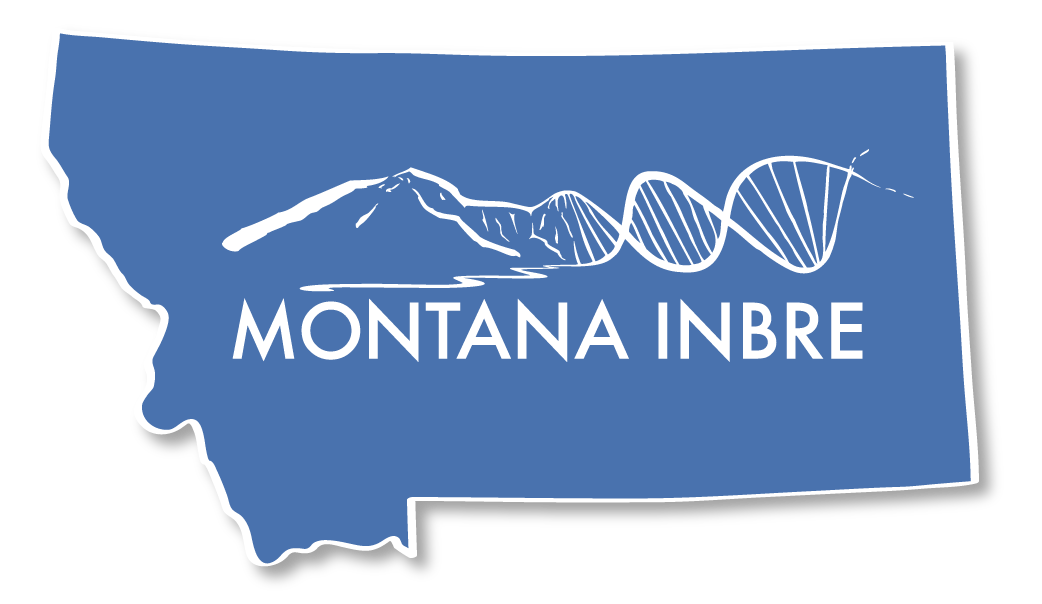Development of an Indigenous Evaluation Plan for a Dissemination and Implementation Project
Alma McCormick | Messengers for Health
alma.mccormick@montana.edu
Project Summary
That Indigenous people in the US experience health inequities is undeniable. In Montana, Indigenous residents die 18 years earlier than whites overall, with inequities in potential years of life lost from chronic illness (CI), including atherosclerosis (21.5 years), kidney disease (20 years), cerebrovascular disease (12 years), and diabetes (11 years) . The CI inequities Indigenous people face in Montana are rooted in a complex interplay of factors, which started with colonization practices that forced a rapid shift in diet and activity patterns , ongoing economic, geographic, and political impacts of the reservation system, generations of poor health care access, and the physical and mental effects of historical and current cultural loss.
The application of evidence-based interventions has been considered best practice to change these health inequities. Unfortunately, implementing these interventions in Indigenous communities is considered further colonizing behavior because interventions established as evidence-based were developed for the majority population and include assumptions about health and disease from this culture (6-8). To address the lack of culturally consonant interventions to improve CIs, a 25-year partnership between Messengers for Health, an Apsáalooke non-profit organization, and faculty and students from Montana State University developed the Báa nnilah program. Báa nnilah, which means advice or instructions for life that are received from others, was developed in response to community request with the aim of supporting community members with CIs to improve their self-care. Báa nnilah focuses on Apsáalooke cultural strengths, with program content originating from stories shared by community members with CIs. The program encourages and supports Apsáalooke people with CIs to take positive steps to manage their illness, to support each other, and to be advocates for themselves to improve their health while staying true to Apsáalooke traditions and values.
The partnership is in the last year of a U01 grant funded by NIH that developed, implemented, and evaluated Báa nnilah using a wait-list control randomized controlled trial (RCT). Local community members with CIs (Aaakbaabaaniilea, the ones who give advice; n = 10) led the 7-gathering program in various communities around the Apsáalooke reservation with 200 community members. We used a mixed-methods evaluation that included quantitative and qualitative data collection. While the quantitative results showed some significant impacts of the program, the analyses were impacted by an 80% contamination rate (wait-list control group receiving and acting on information prior to their participation in the program). Furthermore, the team believes that the quantitative measures did not resonate with participants and did not accurately capture impacts of the program shared by participants using qualitative data. The qualitative results showed that the program impacted community members substantially and that the program content was diffused throughout Apsáalooke communities.
In sum, the Western-developed quantitative evaluation methods we used in our U01 did not adequately represent participant-expressed impacts of the Báa nnilah program. We decided on an RCT design because we wanted to establish Báa nnilah as an evidence-based program to help other tribal communities obtain access to, and funding for, an Indigenous-rooted CI program they could adapt and implement within their own communities and because a perception of a positive bias toward RCTs in the NIH grant review process.
Project Aims
Our goal is to develop an Indigenous evaluation plan for Báa nnilah to better represent community impacts, to investigate the program becoming designated as an evidence-based program, and to partner with three other tribal nations to adapt, disseminate, and evaluate the program in their communities. Our specific aims are:
- Develop an Indigenous evaluation plan for Báa nnilah
- Investigate Báa nnilah becoming established as an evidence-based program using Indigenous evaluation methods
- Develop partnerships for next project phase

